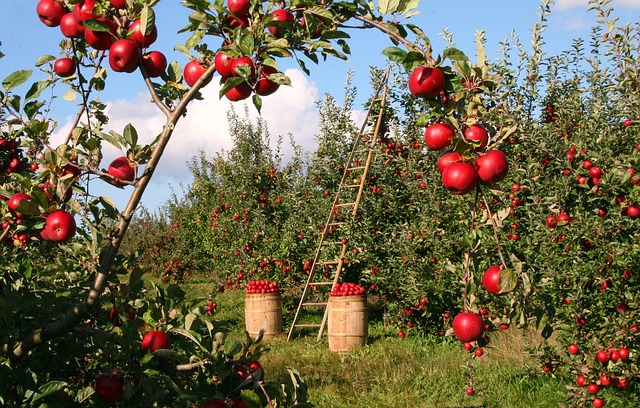Introduction
Grass-fed whey protein has gained popularity in recent years as a healthier alternative to conventional whey protein. But what exactly is grass-fed whey protein? In this article, we will explore the definition, benefits, and production process of grass-fed whey protein, providing you with a comprehensive understanding of this nutritional supplement.
What is Grass-Fed Whey Protein?
Grass-fed whey protein is derived from the milk of cows that have been exclusively fed a diet of grass and other forage. Unlike conventional whey protein, which is sourced from cows raised on grain-based diets, grass-fed whey protein comes from cows that graze on open pastures. This natural diet provides the cows with a higher intake of nutrients and results in a whey protein powder that is considered to be of superior quality.
Benefits of Grass-Fed Whey Protein
Nutrient-rich: Grass-fed whey protein contains a higher concentration of essential nutrients compared to conventional whey protein. The cows’ diet of grass and forage ensures that the milk they produce is rich in omega-3 fatty acids, conjugated linoleic acid (CLA), and vitamins A and E. These nutrients offer various health benefits, including improved heart health, reduced inflammation, and enhanced immune function.
Higher in antioxidants: Grass-fed whey protein is also known to be higher in antioxidants. Antioxidants play a crucial role in neutralizing harmful free radicals in the body, which can cause oxidative stress and damage cells. By consuming grass-fed whey protein, you can increase your antioxidant intake and support overall health and well-being.
Improved amino acid profile: Amino acids are the building blocks of protein and are essential for muscle growth and repair. Grass-fed whey protein has been found to have a superior amino acid profile compared to conventional whey protein. It contains higher levels of branched-chain amino acids (BCAAs), such as leucine, isoleucine, and valine, which are particularly beneficial for muscle recovery and growth.
Production Process
The production process of grass-fed whey protein involves several steps to ensure its quality and purity. Here is an overview of the typical production process:
Milk sourcing: The first step is to source milk from cows that have been exclusively fed a grass-based diet. These cows are typically raised on organic or sustainable farms, where they have access to open pastures.
Separation: The milk is then separated into curds and whey. The whey is the liquid portion that contains the proteins, while the curds are used to make cheese or other dairy products.
Filtration: The whey is filtered to remove any impurities and unwanted substances. This step ensures that the final product is pure and free from contaminants.
Microfiltration: Grass-fed whey protein often undergoes microfiltration, a gentle filtration process that helps preserve the natural integrity of the protein. This method removes any remaining impurities while retaining the beneficial nutrients and bioactive compounds.
Drying: The filtered whey is then dried to create a powder form that is convenient for consumption. This step involves removing the moisture from the whey while preserving its nutritional properties.
Conclusion
Grass-fed whey protein is a nutrient-rich and high-quality protein supplement derived from the milk of cows that have been exclusively fed a grass-based diet. It offers numerous benefits, including a superior amino acid profile, higher levels of antioxidants, and increased intake of essential nutrients. The production process ensures the purity and quality of grass-fed whey protein, making it a popular choice among health-conscious individuals.
References
1. www.ncbi.nlm.nih.gov – “Grass-fed versus grain-fed beef: What’s the difference?”
2. www.healthline.com – “Grass-Fed Whey Protein: Benefits, Side Effects, and More”
3. www.ncbi.nlm.nih.gov – “Composition and Biological Quality of Grasspea (Lathyrus sativus L.) Seeds: A Review”












